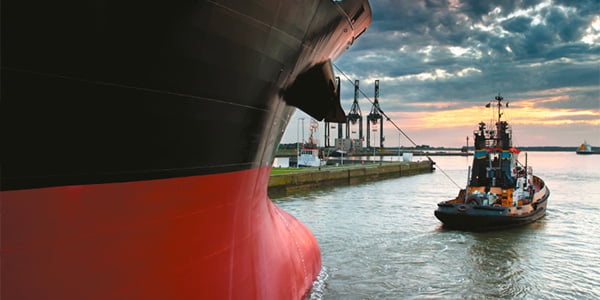Definition & Benefits
Starlink Maritime leverages SpaceX’s Low Earth Orbit (LEO) satellite constellation to deliver high-speed broadband at sea, dramatically reducing latency compared to GEO systems. Key benefits include:
- Low Latency: Round-trip delays often under 50 ms enable real-time applications such as VoIP, videoconferencing, and remote diagnostics.
- High Throughput: Speeds up to 350 Mbps download support large data transfers, cloud services, and HD streaming.
- Expanding Global Coverage: With thousands of satellites and ongoing launches, coverage now spans most commercial shipping routes, including high-latitude corridors.
- Simple Scalability: Add terminals and data plans to match fleet growth without complex ground infrastructure.

Installation & Integration
Site Survey & Mounting Assessment: Identify clear sky view areas, free from obstructions and RF interference.
System Configuration: Onboard commissioning via Starlink app; VLAN integration with existing LAN/WAN, QoS settings, and optional VPN/firewall policies.
Hardware Installation: Ruggedized Flat High-Performance dish, marine-grade router, and power modules designed for salt-spray, vibration, and extreme temperatures.
Professional Services: Optional full integration packages (e.g., OCENS) for hybrid failover setups, monitoring portals, and fleet-wide management.
Cabling & Power: Ethernet and power runs sized for vessel layouts; extended-length marine-rated cables available.
Technical Performance
Emphasising availability and coverage, Starlink Maritime delivers:
- Availability: Designed for ≥ 99% operational uptime, with service continuity even as satellites hand off between beams.
- Coverage Footprint: Near-global service, with ongoing expansion into polar regions; consult coverage maps for exclusive territorial waters licensing zones.
- Weather Resilience: Rated for operation from –30 °C to +50 °C; performance may degrade in severe storms, but maintains basic connectivity under most conditions.
- Network Capacity: Priority data allocations ensure predictable throughput; after priority caps, service continues at reduced speeds rather than disconnecting.
Cost Expectations
Starlink Maritime pricing combines hardware CAPEX and monthly service fees. Hardware costs have fallen from $10,000 to around $3,000 per terminal; service plans range from $250 to $5,000 per month based on data priority. Rather than generic rates, get a tailored quote to align capacity, coverage, and budget.
Ensure peak performance without surprises.
Use Cases
- Commercial Shipping: Real-time cargo tracking, crew communications, and route optimization.
- Offshore Energy: Remote control of drilling operations, safety alerts, and high-speed data transfer for sensor networks.
- Yachts & Superyachts: UHD entertainment, remote office capabilities, and guest Wi-Fi.
- Research & Expedition Vessels: Polar and deep-sea connectivity for data collection, video streaming, and emergency coordination.
- Fishing Fleets: Weather downloads, market data feeds, and telemedicine support in remote areas.

Regulatory & Compliancce
Territorial Waters Licensing: Service permitted only where SpaceX or the end-user holds spectrum rights; verify permissions when transiting international zones.
FCC Non-Interference Mandate: In-motion use in the U.S. must accept interference from primary services in the 12.2–12.7 GHz band.
Certification Standards: Marine equipment certified to IEC and ITU-R standards for RF emissions, EMC, and environmental resilience.
Data Security: Options for AES-256 VPN tunnels and custom firewall policies to meet GDPR and corporate requirements.
FAQS
What power and deck-space requirements does the Starlink dish have?
The Flat High-Performance dish draws ~100 W peak and requires a mounting footprint of approximately 0.5 m². Mounts must support dynamic loads and vibration in marine conditions.
How quickly can I activate service once hardware is onboard?
After dish installation, network activation via the Starlink portal typically completes within 24–48 hours, pending licensing checks for territorial-waters use.
Can Starlink be configured as a backup to existing VSAT systems?
Yes—hybrid routers can prioritize VSAT traffic and automatically switch to Starlink (or vice versa) in case of link degradation, ensuring seamless failover.
How does Starlink handle satellite handover during long transits?
The system’s phased-array antenna and network protocols manage satellite beam handoffs automatically, maintaining continuous connectivity without manual intervention.